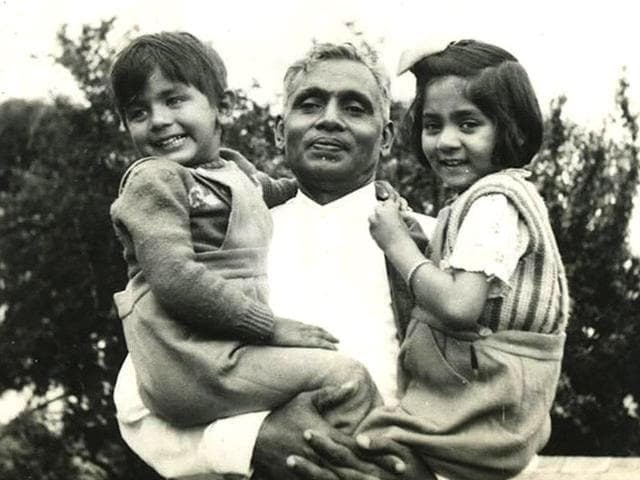Padmashree Dr. Isaac Santra
As I told previously in these 21 days of lockdown I'll share 21 blogs about some great personalities of Odisha.
So here is the seventeenth day of lockdown and I'm sharing my seventeenth writeup on Padmashree Dr. Isaac Santra.
Padmashree Dr. Isaac Santra was born on 3 November 1892 to a Christian family in Sambalpur. He had his primary education in Sambalpur. His father wanted him to become a missionary at Bolangir but he went against his father's wishes and entered Cuttack Medical School and graduated in 1917. He was married to Rajkumari Das.
After passing out of the medical school, Santra joined government service. He was head of the Leprosy Survey of India from 1927 to 1931, and he was a member of the Leprosy Prevention Society of Great Britain from 1932 to 1947. Then He retired from service in 1947. He also served on deputation to countries such as Japan and Nigeria during various occasions as Leprosy Expert of the International Leprosy Association. He worked with Ernest Muir at the School of Tropical Medicine in Calcutta. He conducted numerous extensive leprosy surveys throughout India, and helped the Indian government to design model leprosy colonies for the isolation of patients.
Dr. Isaac Santra is known for his anti-leprosy work in India and worldwide. Leprosy, as we now know, is not contagious. But less than a hundred years ago, ignorance and the associated stigma was so great that in households, sons would throw their fathers out and mothers would drive away daughters. There's no way rather than begging for the patients.
During his education at Cuttack, he encountered a woman pleading with doctors who refused to treat her husband’s leprosy. This incident influenced him to devote his career to leprosy.
Dr. Santra always deals with the disease taking recourse to modern science and ancient knowledge. Much before Dapsone came about, he possibly treated his patients with chaulmoogra oil, a treatment technique first mentioned in Sanskrit text "Sushruta Samhita".
Santra established a leprosy treatment centre, Hathibari Health Home, at Hathibari, near the border between Odisha and West Bengal in 1951. During the first two years of Santra’s work there, he would cycle the twenty-four kilometres from Sambalpur. Eventually he built a house in the colony and lived there.
Once on discovering that there was a leper in the neighbourhood, Dr Santra is said to have rushed to his place and brought him to his leprosy home, carrying on his shoulder! Witnessing this act, one of Odisha's eminent poet Mayadhar Mansingh, dedicated a poem to him, calling it "Krusa Bahana".
After returning from his service in Japan he published "Notes on Leprosy in Japan" in 1953. He also edited a magazine “Prabhatee”, propounding human values and qualities.
He was highly admired by Mahatma Gandhi during later’s visit to Sambalpur for his humanitarianism and philanthropy. In 1938 he was confered with Rai Saheb by The British government. Government of India conferred him with the Padmashree in 1957. Smile Foundation India has named one of its children's home as Dr. Isaac Santra Balniketan.
Dr Isaac Santra is a man who worked tirelessly in the wake of seemingly insurmountable odds.
His aim was to make the lives of leapers as comfortable as possible, but he also aimed to implement measures such as sterilisation and the separation of children from parents in order to prevent further spread of the disease.
References :
- International Leprosy Association
- Sambalpur District Portal
- Hindustan Times



0 Comments
Post a Comment